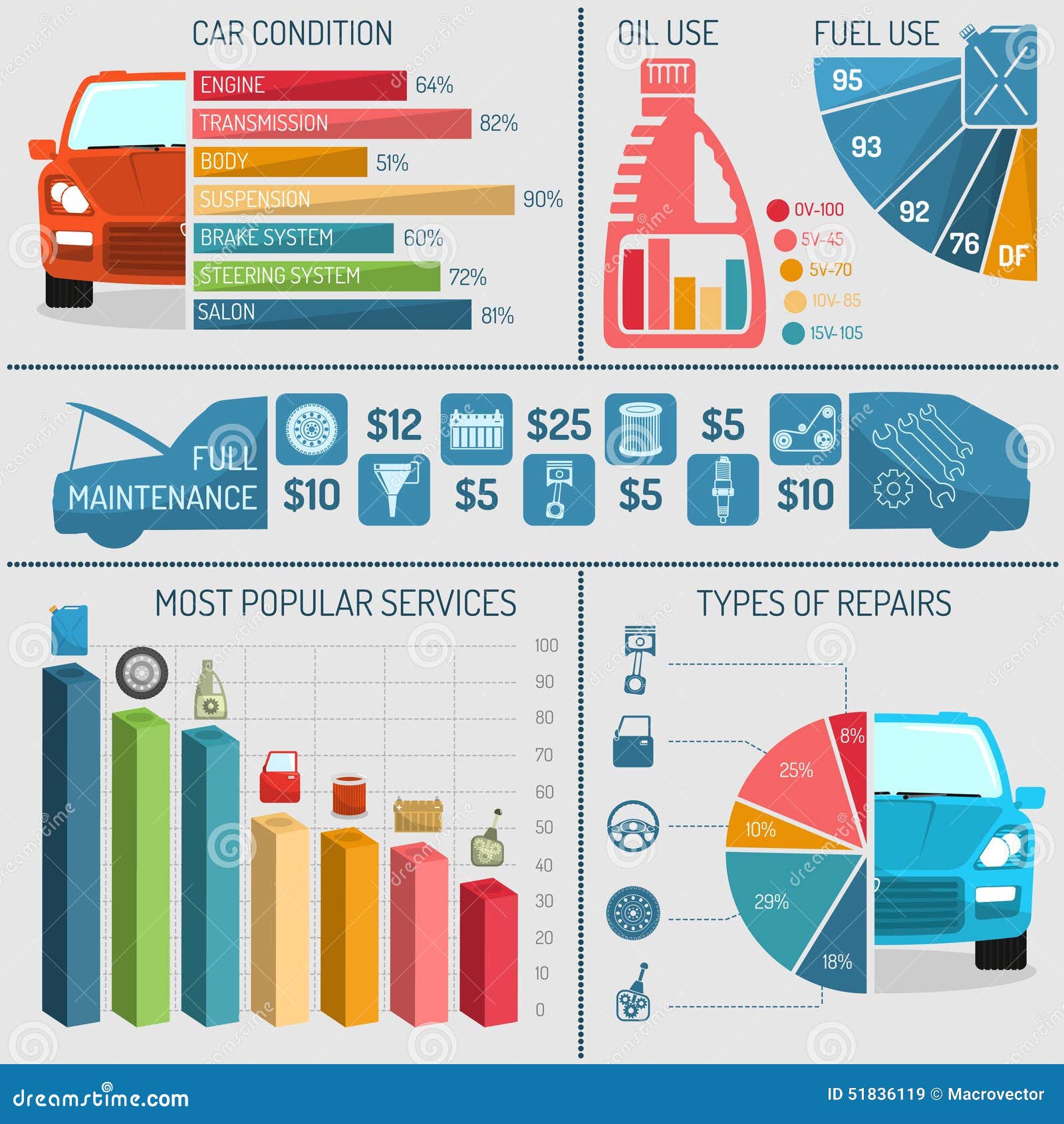Understanding The Relevance Of Your Vehicle'S Warning Signals: What They Really Represent
Understanding The Relevance Of Your Vehicle'S Warning Signals: What They Really Represent
Blog Article
Content By-Vinson Stark
When you lag the wheel, those radiant warning lights on your control panel can be a little bit puzzling. Do you know what they're trying to inform you regarding your vehicle's health? Recognizing the significance of these lights is crucial for your security and the longevity of your car. So, the following time among those lights turns up, wouldn't you want to understand its message properly and take the necessary steps to resolve it?
Common Warning Lighting and Interpretations
Identify common warning lights in your cars and truck and recognize their meanings to make sure safe driving.
https://brakelinefittings95162.blogadvize.com/39309388/eco-friendly-auto-explaining-products-you-should-try of the most common caution lights include the check engine light, which indicates issues with the engine or discharges system. If this light comes on, it's crucial to have your automobile checked immediately.
The oil pressure alerting light indicates low oil stress, needing prompt focus to prevent engine damage.
A blinking battery light might suggest a defective charging system, potentially leaving you stranded otherwise dealt with.
The tire stress surveillance system (TPMS) light alerts you to reduced tire pressure, influencing automobile stability and fuel efficiency. Neglecting this can result in dangerous driving problems.
The abdominal muscle light suggests an issue with the anti-lock stopping system, endangering your capability to stop rapidly in emergency situations.
Lastly, the coolant temperature cautioning light warns of engine overheating, which can lead to extreme damage otherwise resolved quickly.
Comprehending these common caution lights will certainly aid you attend to problems promptly and keep safe driving problems.
Value of Prompt Focus
Comprehending the typical caution lights in your vehicle is only the primary step; the significance of promptly resolving these cautions can not be highlighted enough to guarantee your safety when driving.
When a warning light illuminates on your control panel, it's your vehicle's means of communicating a prospective problem that requires interest. Overlooking these cautions can result in much more serious problems down the road, jeopardizing your safety and security and possibly costing you more out of commission.
Prompt focus to warning lights can protect against failures and crashes. For example, a blinking check engine light can show a misfire that, if left ignored, could create damage to the catalytic converter. Addressing this immediately can conserve you from a pricey fixing.
In a similar way, a brake system warning light could signal low brake fluid or worn brake pads, essential parts for your security when driving.
DIY Troubleshooting Tips
If you notice a caution light on your dashboard, there are a couple of do it yourself troubleshooting pointers you can attempt prior to seeking specialist assistance.
The initial step is to consult your auto's guidebook to comprehend what the certain caution light shows. Often the concern can be as straightforward as a loosened gas cap triggering the check engine light. Tightening https://www.edmunds.com/car-maintenance/5-tips-for-choosing-the-right-auto-body-shop.html may fix the trouble.
just click the following webpage is a low battery, which can set off different cautioning lights. Examining the battery connections for corrosion and ensuring they're secure may deal with the issue.
If a warning light persists, you can attempt resetting it by disconnecting the automobile's battery for a few mins and after that reconnecting it. Furthermore, checking your car's liquid degrees, such as oil, coolant, and brake fluid, can aid troubleshoot cautioning lights associated with these systems.
Verdict
To conclude, recognizing your auto's caution lights is necessary for keeping your lorry running efficiently and securely. By quickly attending to these alerts and knowing what they indicate, you can prevent pricey repair services and prospective failures.
Keep in mind to consult your car's handbook for certain details on each cautioning light and take action as necessary to ensure a trouble-free driving experience.
Remain informed, stay secure on the road!
